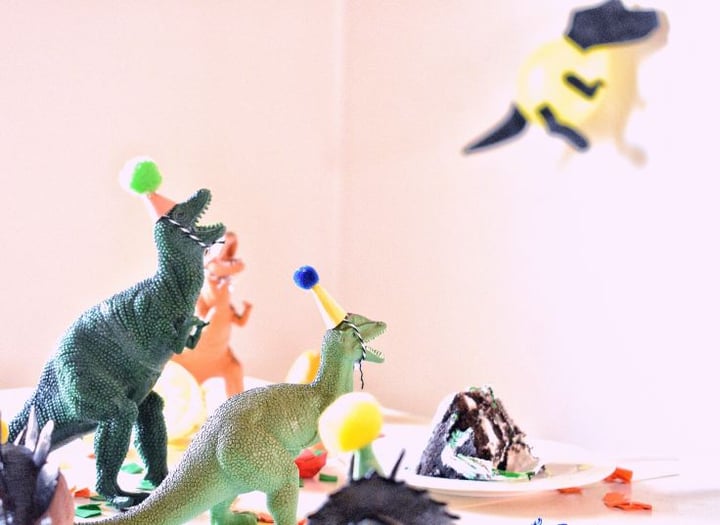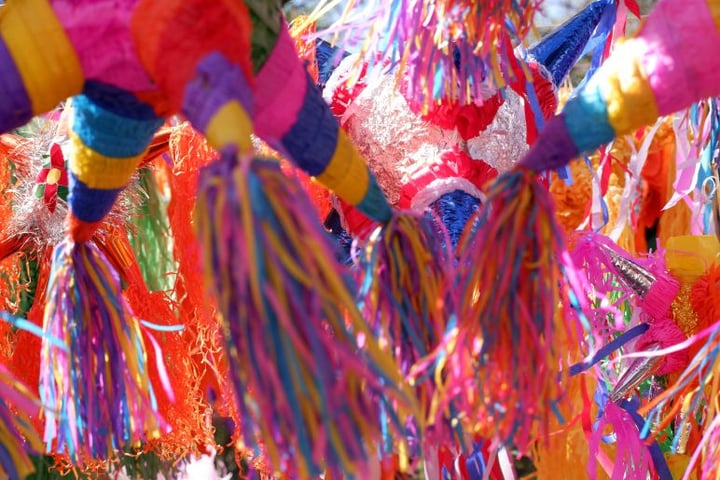As a kid, I used to hate my birthday. It often rained, my friends were generally away for the holidays, and there was always something wrong. One day, I decided that I would enjoy the hell out of it, come rain or shine. Over time, I built my own traditions, with my family and friends and with myself. But what about birthday traditions elsewhere, all over the world? Fueled by curiosity, I dove in head-first and discovered quite a few interesting facts on global birthday traditions. Let’s explore them.
A bit of birthday history
In Ancient Egypt, pharaohs celebrated the anniversary of their ascension to the throne, which is one of the oldest known forms of an anniversary. But it wasn’t until the Ancient Greeks that people celebrated the day they were born.
Both with the Ancient Greeks and the Ancient Romans, celebrating birthdays was originally meant to protect people from evil spirits and wish them luck for the year to come. In Ancient Greece, a protective spirit attended the birth of each child and watched over them throughout their life — this idea has lived on, in the form of a guardian angel, a fairy, a saint, and so on.
The Greeks were the first to light candles on a honey cake in the shape of the full moon to celebrate each year. The cake was placed on Artemis’ alter, goddess of nature and childbirth, and after praying in the moonlight, the candles were blown. The tradition died down a little during the middle ages, only to reappear during the 18th Century in England.
Most Western countries now share the tradition of celebrating your birthday on your birth day, but some countries do it differently. As an example, in Vietnam, birthdays are celebrated during Têt, the celebration of the new year which changes dates depending on the moon calendar. In other words, you might have to wait a few months before celebrating your birthday on top of sharing your special day with everyone else. In Korea and Mongolia, your age is calculated from the day you were conceived, not brought into the world, making you 9 months older than you would be in the West.

Birthday cakes and food-covered faces
In Nepal, a birthday tradition is to spread colourful yogurt on the guest of honor’s forehead for good luck. In Canada, just spread butter on their nose: They’ll be too slippery for bad luck. The older they get, the more butter you’ll need.
Australian children get a very special birthday snack: a slice of white bread with butter, covered in rainbow sprinkles, called “Fairy bread”.
In China, birthdays aren’t only a celebration of being born, they are also the perfect time to wish for a long and prosperous life. Hence, people eat longevity noodles called Yi Mein — the longer the better!
While I thought European birthday cakes were pretty standard, the Danish surprised me. They’ll make a cake in the shape of a man (Kagemand, cake man) or woman (Kagekone, cake woman) and decapitate or dismember it, with all the children screaming around the table.
For one Mexican tradition called “la Mordida,” the birthday guest eats the first slice of a very creamy cake and ends up covered in cream. The Americans also have their own tradition called “smash cake”, and it’s exactly as it sounds: give a one year old a whole cake and let the child bring chaos to your kitchen. This might be one of my favorite finds from my research.

Ear-pulling and other torments
You might be puzzled about the ear-pulling headline, so I’ll start with that. In Brazil and Hungary, the birthday boys and girls get their ears pulled on all day long. In Hungary, the ear-pulling comes with a song that essentially means “may you live long enough for your ear-lobes to touch your ankles”. In Spain, you’ll pull the person’s ears as many times as years they’ve lived, plus one for good luck. Turning 42? That’s 43 ear-pulls for you.
Let’s move on to Germany, where messing with single men seems to be the thing. When a single man turns 25, they get a Sockenkranz, a sock wreath, hung on their front door. If they’re single when they turn 30, then they have to sweep the town hall’s front steps while their friends throw rubble at their hard work. And whatever your gender, you get the extra bonus of getting covered in flour on your 16th birthday and in egg on your 18th. In Jamaica, it’s just flour several times a day, every year.
In the UK, Ireland, Canada, and India, grab the birthday boys and girls by their arms and legs and bump or “dump” them into the air and down onto the floor. The number of bumps equals the person’s age, plus one for good luck (of course). In French-speaking Canada, the USA, and Australia, replace the bumps and dumps with punches.

Gifts, gifts, gifts 🎁
Even though birthdays aren’t as important in China as they are in Western countries, big festivities are held for the child’s first birthday. The infant is placed in front of a gigantic mountain of gifts of all sorts and shapes, and the family then carefully observes which gift the child heads for. Predictions are made about the adult the baby will become depending on the gift they crawled towards.
Back to Denmark, where before decapitation of the cake comes a Christmas morning look-alike: While the child is still asleep, parents lay gifts all around or on the child’s bed, then wake the child by yelling happy birthday. A Danish flag is also usually placed outside the house where the a birthday is celebrated.
In Italy, it is considered extremely rude not to open your gifts right away. On the flip-side, opening your gifts immediately in Nepal, China, Thailand, and Japan, is insulting and is a sign of greed.
Last but not least, in Mexico, children get to smash a piñata filled with gifts, fruits, and sweets. The destruction of the piñata is a symbol of overcoming evil, and gathering the gifts symbolizes all the good things to come. One theory states the tradition was brought from China by Marco Polo, but another is that the tradition was inspired by the Aztecs, who used to hang figurines covered in feathers and filled with gemstones to a string, and destroy them to celebrate their god Huitzilopochtli. Wherever this piñata tradition comes from, it sure sounds like fun.
So, what are your birthday traditions?

Cover photo Brooke Lark




